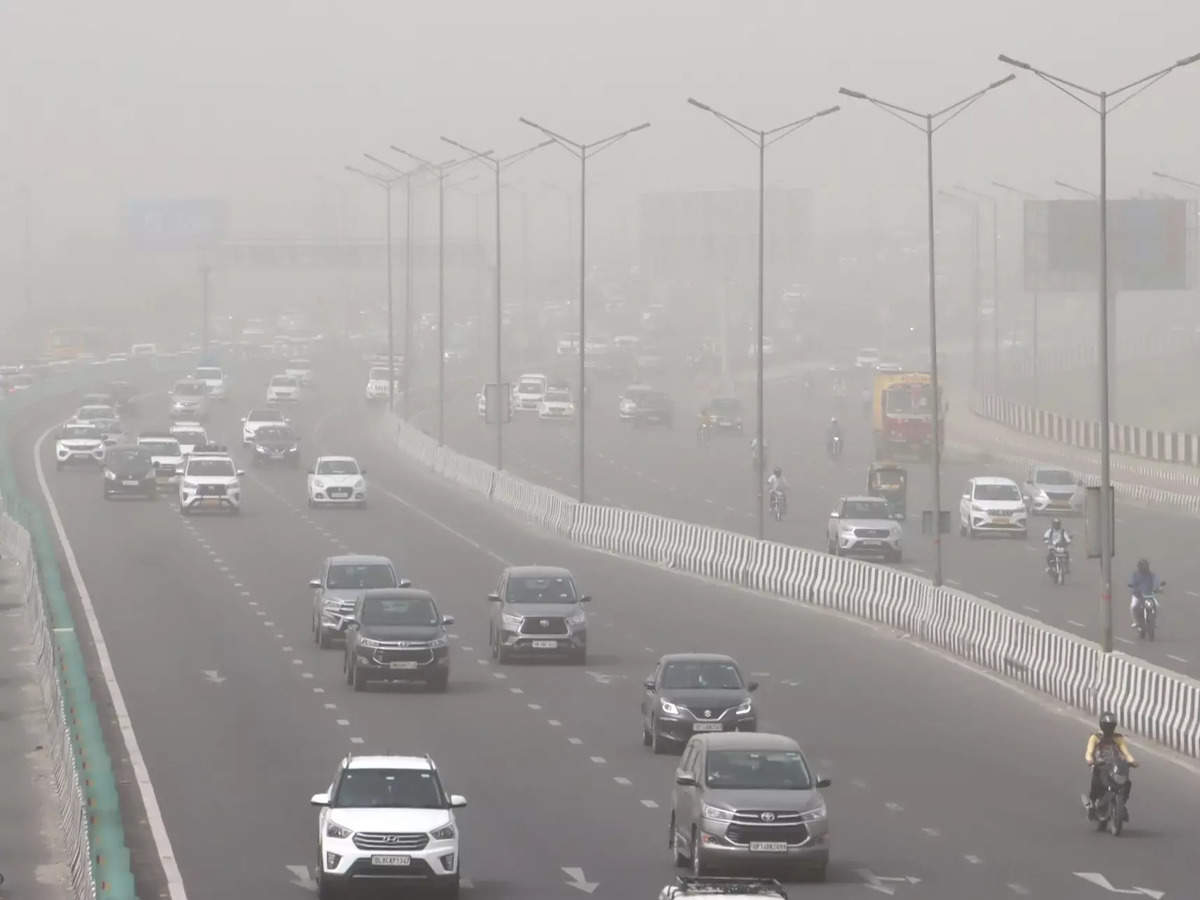NEW DELHI
Once again, the highly polluted air of the national capital has become the cause for the spread of various infectious airborne diseases as Delhi’s Air Quality Index (AQI) continues getting worse with each passing day. Environmentalists, doctors, and social workers have started raising questions about Delhi’s winter action plans, which aim to control air pollution in the vicinity.
The AQI of Delhi and its adjacent region breached the 500-mark, which is in the “hazardous” category of air quality. Seen as the worst scenario for Delhi’s air ahead of Diwali, the Delhi government, led by the Aam Aadmi Party (AAP), declared an air emergency in the national capital and its adjacent region. Delhi Chief Minister Arvind Kejriwal announced that “in light of the rising pollution levels, all government and primary schools in Delhi will remain closed on Friday and Saturday.”
For the uninitiated, an AQI between zero and 50 is considered “good”, 51 and 100 “satisfactory”, 101 and 200 “moderate”, 201 and 300 “poor”, 301 and 400 “very poor”, and 401 and 500 “severe”; above 500, it is “hazardous”.
In the meantime, MCD also closed all of its schools for two days on 3 and 4 November. However, classes are to be held in online mode for students. An officer of the MCD said: “The schools will remain open for teachers and staff.” The Commission for Air Quality Management has invoked Stage IIII of the Graded Response Action Plan (GRAP). With this, the Delhi government has also imposed a ban on all construction and demolition work in the capital and its adjacent region, except for projects related to railways, airports, metros, sanitation, highways, flyovers, roads, work related to water supply, pipelines, healthcare facilities, and other government projects. The government also banned painting, polishing, and various loading and unloading of construction material work, which affects AQI. Stone-crushing, mining, and associated activities are also banned. To control vehicular pollution, the Delhi transport department has started an electric shuttle bus service for central and government employees starting Friday, even though they have restricted the movement of some private vehicles like BS-3 Petrol and BS-4 Diesel cars in Delhi NCR. An officer of the transport department said, “Special shuttle service trips with electric buses have been prepared to promote public transport and discourage private vehicles by government employees to curb pollution.” The officer also said that the shuttle service will begin from Kidwai Nagar and RK Puram to the Central Secretariat for central government employees and from Gulabi Bagh to the Delhi Secretariat for state government employees. This service has six routes, four for central government employees and two for state government employees, that start at around 8.30 a.m. and 9 a.m. in the morning, while in the evening the service will start at 5.30 p.m. and 6 p.m. from the office.
Not only this, the Delhi Metro Rail Corporation (DMRC) is also contributing to combat air pollution. Previously, the DMRC had been running 40 additional trips on weekdays, but from Friday onwards, they have added 20 more trips across its network in view of the implementation of GRAP III. An officer of DMRC said, “DMRC is running 60 additional trips as part of its measures taken under GRAP to encourage more and more people to use public transport in Delhi-NCR.”
In light of the increasing air pollution, Delhi’s environment minister, Gopal Rai, said that Delhiites had participated in the Red Light On, Gaadi Off, an awareness campaign to reduce vehicular pollution. The minister said Delhiites must encourage their family, friends, and neighbours to play an active role in reducing the pollution level by switching off vehicles while waiting at major traffic intersections. “Delhiites have done commendable work previously, and I am confident that they will defeat pollution this time as well,” he said.

